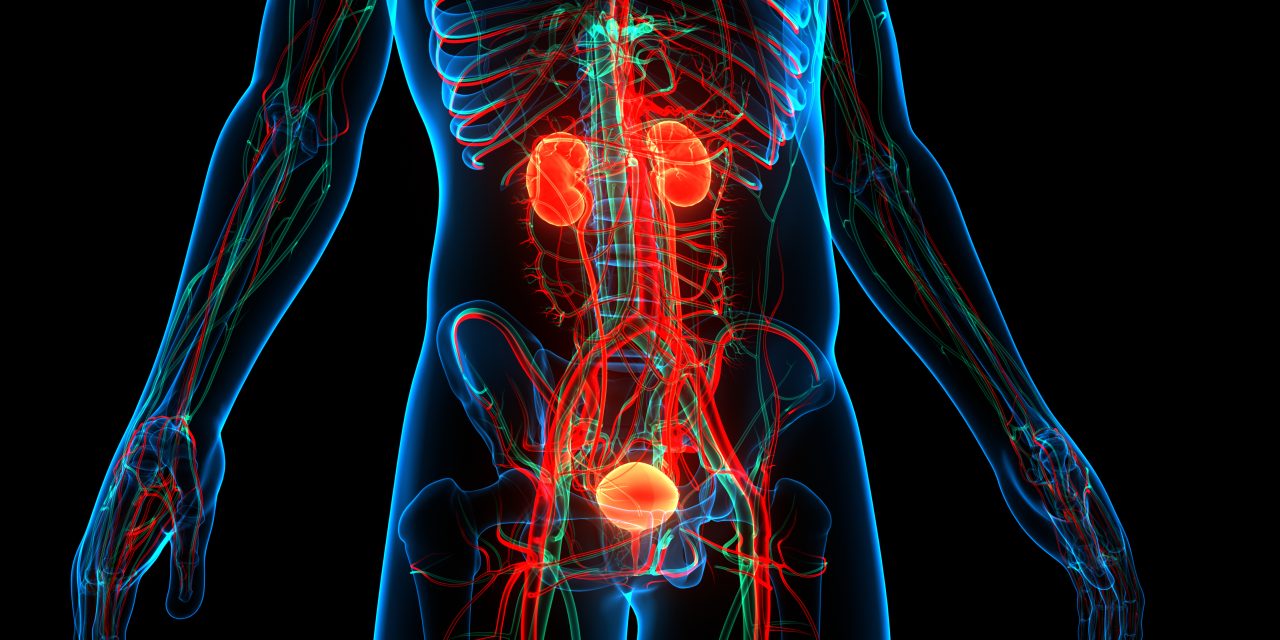The therapy worldview for stage I testicular disease has changed in the setting of exact organizing, solid followup and a more prominent comprehension of treatment related results. We surveyed the effects on administration choices in patients with stage I testicular malignant growth. The study then focuses on reflectively distinguished 121 patients with stage I testicular malignancy who were assessed at our foundation from 1999 to 2013. Sociodemographic attributes, obsessive highlights and supplier explicit elements were thought about in patients who went through reconnaissance versus treatment. Contrasts in medians and extents were resolved utilizing the Kruskal-Wallis and chi-square tests. Multivariate calculated relapse investigation was performed to recognize autonomous indicators of treatment.
A sum of 87 patients had stage I nonseminomatous germ cell tumor and 34 had unadulterated seminoma. Patients with nonseminomatous germ cell tumor who were assessed before 2011 and those seen by urological oncologists were bound to go through essential retroperitoneal lymph hub analyzation (p <0.01). Patients with nonseminomatous germ cell tumor who were assessed by clinical oncologists all the more frequently got chemotherapy (p <0.01). For nonseminomatous germ cell tumors treatment was freely connected with cutting edge tumor stage and lymph hub intrusion.
Reference link- https://www.sciencedirect.com/science/article/pii/S2352077916300395


